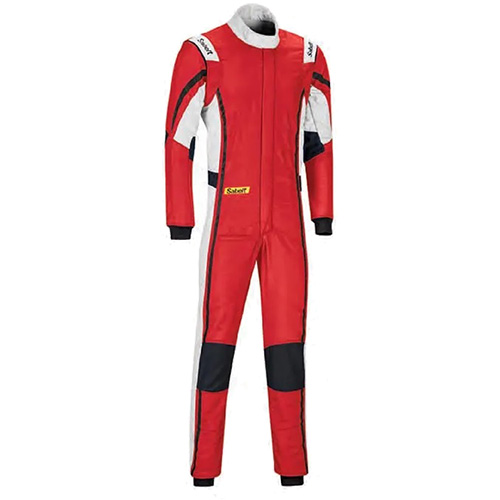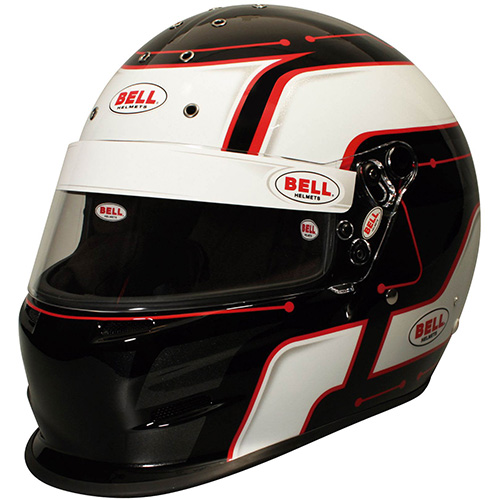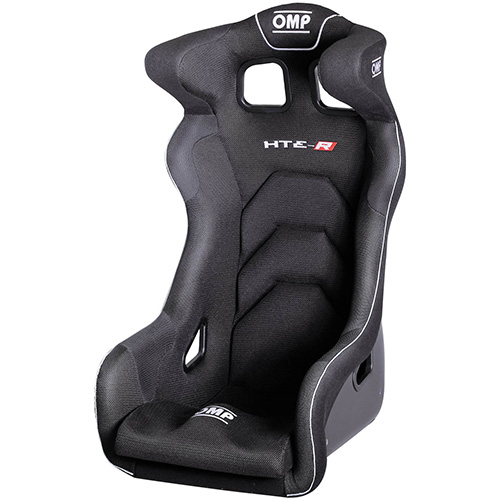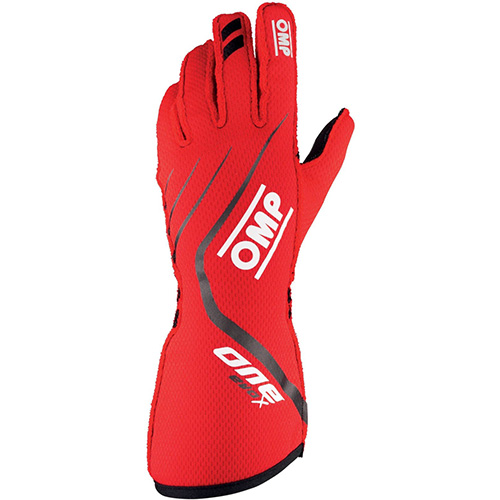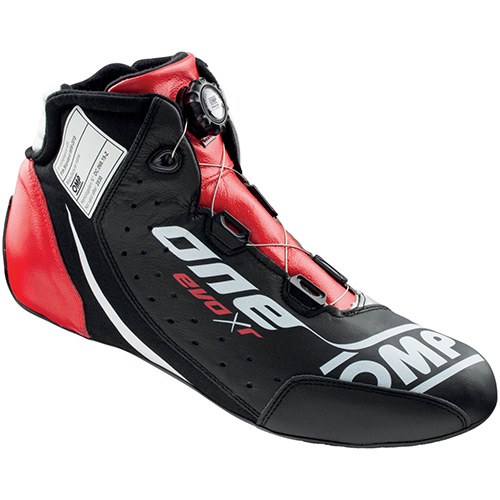Speed Secrets: Improve The Driver Or The Setup?
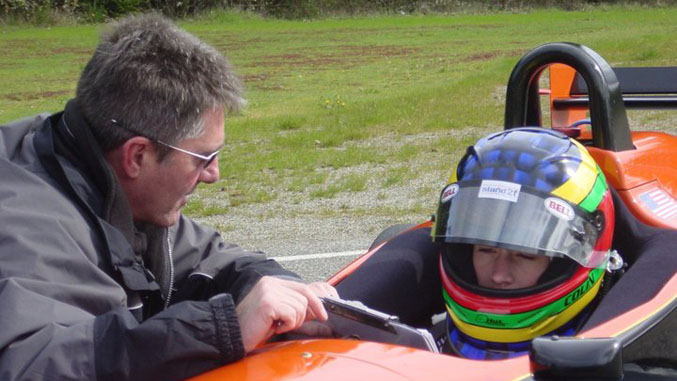
|
Do you focus on making the driver or car faster?
The obvious solution is to do both. But it is surprising how many drivers believe that there cannot be that much improvement in car set-up – until they see otherwise.
In his book, Aussie Grit, Mark Webber recalls his experience with his first professional gig, driving for AMG Mercedes in the FIA GT Championship. He was partnered with Bernd Schneider, the reigning GT World Champion.
Mark says, “Bernd was the first man to drive home to me how important car set-up was. Until I worked with him, I had been pretty arrogant when it came to ways to improve the car. I’d always thought it was an excuse or a weakness if you couldn’t drive around a problem… I felt that I should be able to get the job done with whatever equipment I had been given. That attitude didn’t last long at Mercedes. They taught me that car set-up… was a fundamental part of my profession.”
Mark had got through his Formula Ford and Formula 3 racing without thinking much about car set-up. This is not so unusual, in that for junior open-wheeler categories, especially, pure talent does count for a lot.
I remember watching another great Australian driver, Will Power, racing early in his career in the 2001 Formula Ford Championship. Will had won the first two rounds, but by Round 5 at Oran Park, he was well out of it. It was Friday practice. Will was running on track in tandem with Will Davison, the Round, and eventual Championship winner. You could see that Will Power had real problems with the set-up. His car had too much oversteer.
It seemed that Will’s enormous talent wasn’t enough. Could he have won the Championship with better car set-up? Based on what I saw at the time, most definitely. The following year, he would claim the 2002 Australian Driver’s Championship, driving a Reynard 94D for Ralt Australia, taking seven wins and three pole positions.
Is it any different in the world of amateur racing? Do drivers overlook the potential gains to be had from proper attention to car set-up? One of the issues here is the lack of a clear direction for where to start and how to proceed.
Recently, we did the set up on a 1969 Morgan Plus 8. It had been built from a new, bare chassis specifically for historic racing in Australia, with racing bits as recommended for the car.
How did we approach this project? We started by fixing the suspension travel, and then decided on ride height and bump stops. Then we attended to lateral stiffness issues, suspension friction, and binding. More and more, we find worthwhile improvement in these areas. Then we looked at steering and suspension geometry as much as we were able (not much we’re allowed to do in in Historics), and finally the most important bit – springs, shocks and anti-roll bars to give us the grip and balance we want.
The result? Well, our client was a very happy man, and so were we. He was three seconds a lap quicker at our Wakefield Park test day, and over four seconds a lap quicker at his next race meeting at Sydney Motorsport Park (same engine, same tires).
Okay, that was with a historic Morgan, but we’ve had similar results with Spec Miata, and many other types of cars – racing or performance street cars. The key is the process, and having an open mind to changes.
When you’re investing so much time, effort and money into your sport, if car set-up gets you this much improvement, it’s a no-brainer.
There’s another way to improve your results – balance your car through the adjustment of tire pressures.
But first, a little physics set-up: When the driver initiates a change in direction of the vehicle with steering input, the front wheels turn further into the corner than the actual direction of travel of the vehicle. This is because the tires generate slip angles. The turning at the front forces turning at the rear as shown in the following diagram:
|
- Understeer is less turning than expected by the driver. Body Slip angle is decreasing.
- Oversteer is more turning than expected by the driver. Body Slip Angle is increasing.
The race or high performance tire is designed to deliver best performance for a given weight of vehicle at a given operating pressure. In circuit racing, the tires build up from a cold pressure at ambient temperature, and then stabilize at the operating pressure (hot pressure).
Yes, driver improvement is important. But you can also make significant and relatively easy set-up changes to take advantage of your improved skills.

